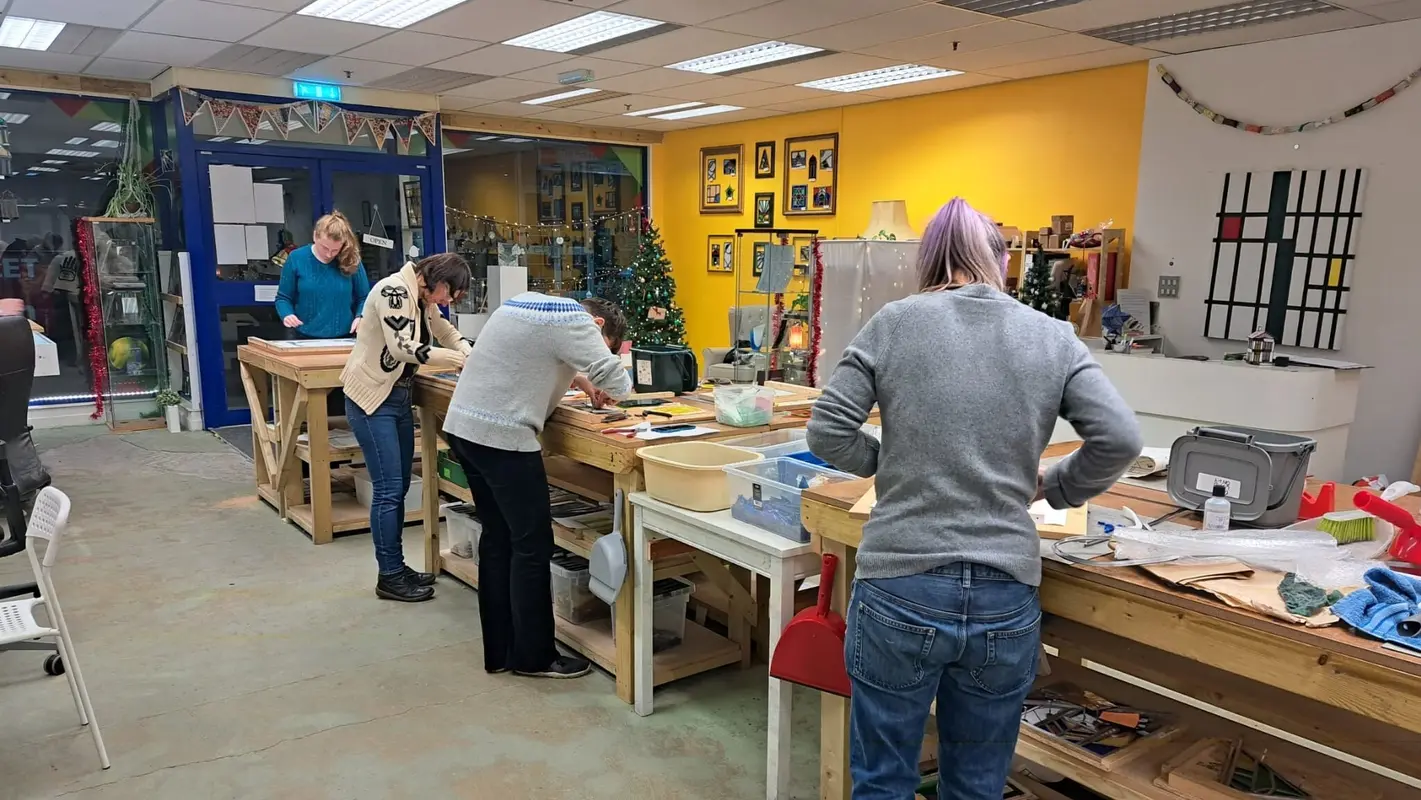The implications for policymakers emerging from this work are explored in our Policy Briefing: The Creative Industries in the UK’s Export Strategy.
The evidence base on the international trade in the Creative Industries is still partial and characterised by several gaps. We know that official statistics are unable to capture all creative industries’ trade, particularly that which happens online. The Creative Industries Policy and Evidence Centre has, therefore, been seeking new data sources to better understand the opportunities and risks which policymakers need to be aware of with regards to questions of creative trade.
This paper makes use of a survey that was collected by the consultancy firm BVA BDRC on behalf of the Creative Industries Council for their Access to Finance Report.
Naturally this questionnaire is very rich with information on finance, but it also contains additional items on several other topics, including trade. The survey of consists of 575 firms mapped into one of the nine creative sectors, as defined by the Department of Digital, Culture, Media and Sport: Advertising and Marketing; Architecture; Crafts; Design and designer fashion; Film, TV, video, radio and photography; IT, software, computer services and computer games; Publishing; Museums, galleries and libraries; Music, performing and visual arts.
Findings from the survey include:
- Creative firms seem to be quite active in the international markets and keen to be even more active.
- Exporters tend to be concentrated in London and the South East but regional export exposure is higher in regions like Scotland and the North West, where the highest shares of respondents seem to be internationally active.
- Businesses tend to be different also when it comes to size, profitability and customer-orientation (B2B vs B2C). The share of businesses selling B2C and both B2B and B2C is significantly higher among the exporters.
- Exporting is associated with owners/managers who are middle aged or older and with older businesses. Greater international penetration is, however, associated with older businesses but younger owners/managers.
- The gender gap observed in other business areas in the CIs, emerges also when it comes to exporting.
- Innovation seems to be key. Exporters tend to have innovated in the past in both products/services and organisation and are also more likely to plan product and process innovations than non-exporters.
- A higher share of exporters indicates that they have benefited from some form of tax relief.
Please reference this paper as:
Di Novo, S; Fazio, G and Maioli, S. (2021) Creative firms and trade. London: Creative Industries Policy and Evidence Centre and Newcastle University. Available from: https://www.pec.ac.uk/discussion-papers/creative-firms-and-trade
Hero image by S O C I A L . C U T on Unsplash
Thumbnail image by Zhifei Zhou on Unsplash
Related Discussion Papers
Demand for Creativity and AI Skills in the Post-ChatGPT Labour Market
This study examines the evolving relationship between employer demand for creativity and AI skills i…
Regional Trade Agreements, Cultural Provisions and Trade in Cultural Goods
Analysing the impact of Regional Trade Agreements on the bilateral trade of cultural goods from 1999…
International Trade Challenges and the Effectiveness of Support Measures for the UK’s Creative Industries
The formidable challenges confronting the UK’s creative industries in the realm of exports, st…
Northern England’s Creative Industries
The Creative Industries are already a driver of growth across the UK economy. Export-intensive and m…
Creative Destruction? Creative firms, workers and residential gentrification
A new study by Tasos Kitsos, Max Nathan, and Diana Gutierrez-Posada finds only a minor influence of …
Speaking with One Voice
A fundamental remit of the BBC, and other public service broadcasters (PSBs) like ITV and Channel 4,…
Transitioning to Sustainable Production across the UK Theatre Sector
This discussion paper examines transitional pathways to sustainable theatre production in the UK. By…
Identifying and analysing UK fashion micro-clusters
The UK’s Fashion and Textiles industry contributed almost £20 billion to the UK economy in 202…
Net Zero as a catalyst in fashion micro and small enterprises
This report identifies examples of work taking place across three levels of change – social, e…
The Motives of Inbound Foreign Direct Investors in the UK Creative Industries
The UK’s creative industries have a global reach. British arts, technology, and design are internati…
Brexit uncertainty and international trade in services: Evidence from the UK creative industries 2014-2019
This discussion paper is based on one of the first studies to look at the impact of Brexit on the Cr…
Working Together – Cooperatives as a creative industry business model
This authors looks at how creative workers and students typically understand cooperatives, explore t…












